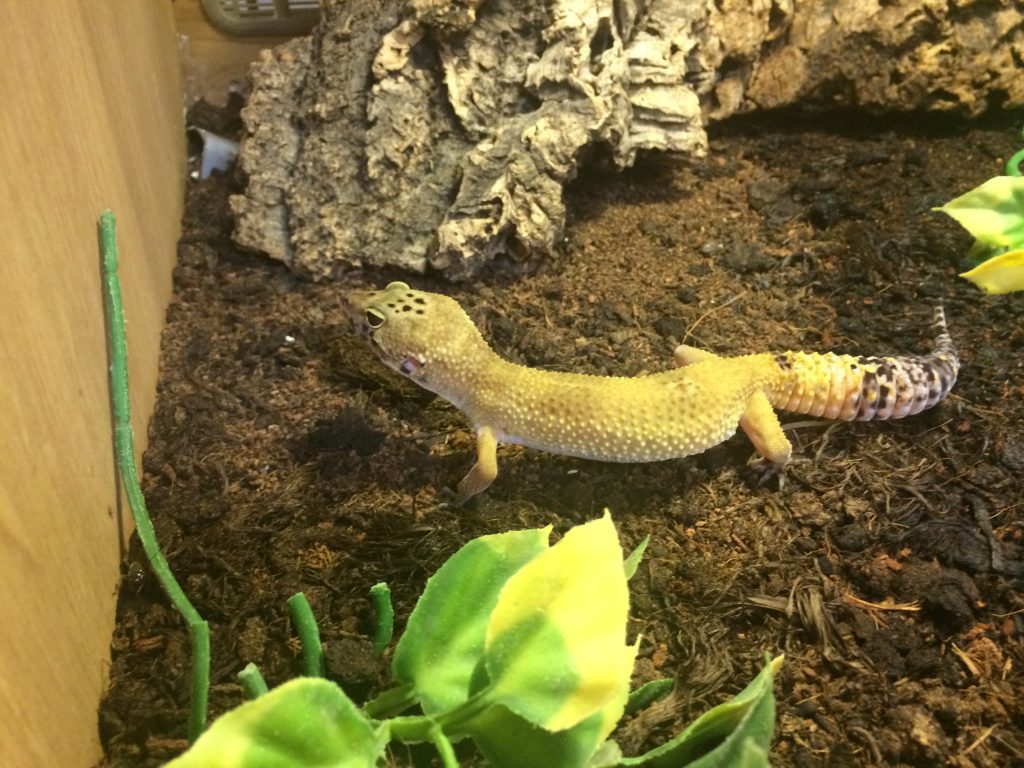What is the best pet lizard?
There’s a lot of different opinions on which lizard is the best. However, we can outline their habits and what they do. This should give you a general idea of which one you would want. Leopard gecko’s, bearded dragons, crested geckos and Yemen chameleons are suitable lizards for first-time lizard keepers.
Leopard Gecko
To start off with, the leopard gecko is one of the more popular reptiles as they are available in a number o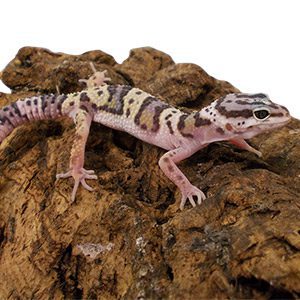 f patterns and colours. It doesn’t take too much to care for them; they are easily tamed and are pretty docile creatures. You should plan for your Gecko to live at least 6-10 years; a lot of males generally live from 10-20 years.
f patterns and colours. It doesn’t take too much to care for them; they are easily tamed and are pretty docile creatures. You should plan for your Gecko to live at least 6-10 years; a lot of males generally live from 10-20 years.
The ideal temperature is around about 88-90 degrees Fahrenheit at all times and the room they are kept in should be at least 73 degrees. Now, as a substrate for a leopard gecko, you can use anything from newspaper to artificial turf, but avoid using sand or small particles as they may eat it. In a medium sized terrarium (2.5 foot) they will have plenty of room.
They grow to be around about 18-25 cm, some may be smaller and some may be larger. Their diets are mainly crickets but they accept a wide range of insects. However, these 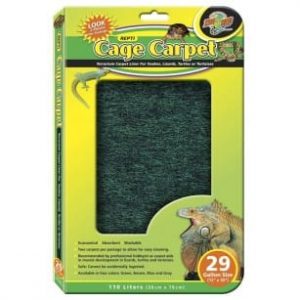 lizards can eat up to 10-15 insects in a day. Every two days. A constant supply of water is important. They must be fed until they reject food. The insects must first be given a nutritious powder to eat 12 hours before you feed them to your pet. This process is known as ‘gut loading’ and is important for the health of your pet. A rule of thumb is to offer 2 pieces of live food (appropriately sized) for every inch of your Leopard Gecko.
lizards can eat up to 10-15 insects in a day. Every two days. A constant supply of water is important. They must be fed until they reject food. The insects must first be given a nutritious powder to eat 12 hours before you feed them to your pet. This process is known as ‘gut loading’ and is important for the health of your pet. A rule of thumb is to offer 2 pieces of live food (appropriately sized) for every inch of your Leopard Gecko.
Because the leopard gecko is a nocturnal animal you don’t need the same lighting provisions as other reptiles. This means you can either use a weak UVB lamp or just none at all.
Bearded Dragon
The next reptile may have an intimidating name yet they are generally quite placid. Known as a sociable lizard and small when you compare it to how big lizards can grow. A sizable vivarium/terrarium should be used. (About 4 foot). Bearded dragons have also been known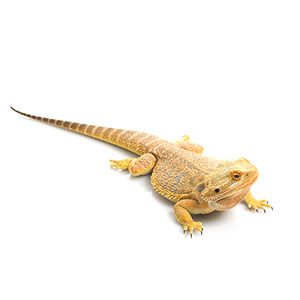 to climb, so some sturdy branches in their enclosures wouldn’t be a bad shout.
to climb, so some sturdy branches in their enclosures wouldn’t be a bad shout.
They are extremely expressive creatures and interact extremely well with their owners. These generally live in between 6-10 years, but there are reports of some living nearly twice as long.
For a cold blooded animal, they tolerate being handled extremely well. They do need a form of heat and light inside their housing in order to stay warm. A basking zone must also be set up; this helps the reptile to digest its food. Bearded dragons do love heat; a basking spot with a temperature of about 100 degrees Fahrenheit would be perfect. Be sure to keep one end cooler, at around about 80 degrees so that your pet can regulate its own temperature. With substrates you want to be careful, you don’t want anything where the particles are too small as your reptile may eat it. Newspaper, reptile carpet and paper towels are all good enough to use as a substrate. If you do use sand, only offer food in a dish to try and minimise risk.
You must ensure to provide full-spectrum UVB lighting over the rest of the enclosure. This is extremely vital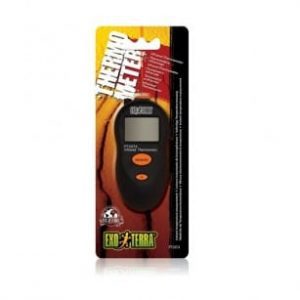
for indoor bearded dragons. The lighting helps them synthesize vitamin D3. Use a thermometer in the enclosure in order to monitor the heat, at night time it can go down to around about 65 degrees Fahrenheit.
The bearded dragon’s diet consists of both bugs and vegetables. Throughout the reptiles life, the amount that it should be eating will vary, this may throw off first time owners. Yet it is easy to keep on top of as long as a feeding plan is set up. To check what size of bug they eat, the bugs should be no bigger than the space in-between its eyes. The vegetables should be sprayed with water to keep them moisturized for longer. Water must always be made available, just pour a shallow amount into a small dish. Be sure to keep the dish and the water in it clean.
Crested Gecko
Crested Gecko’s grow to be about 8 inches in length, from snout to tail. Under the proper care, a Crested Gecko could live for 15-20 years. It is a long term commitment to a pet. If you are going to keep more than one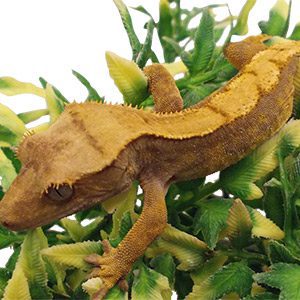 in the same terrarium, it’s advised to keep one male and one or 2 females. If males are together they tend to fight, especially in the presence of females.
in the same terrarium, it’s advised to keep one male and one or 2 females. If males are together they tend to fight, especially in the presence of females.
The temperature you should try and keep them ranges from 78-82 degrees Fahrenheit, dropping to the low seventies throughout the night. Throughout the summer, if the temperature exceeds 87 degrees Fahrenheit then you should move the Gecko to a cool room. When the winter reaches they can tolerate temperatures into the 60’s at night time.
Be sure to keep one side of the terrarium cool, so that the Gecko can pick which side it wants. They require humidity of at least 50% and preferably around about 70%.
You can use a pressure sprayer to increase the humidity.
Crested Gec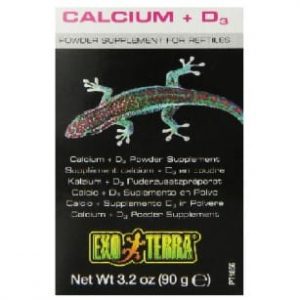 ko’s can be fed a range of different diets. One of them is purely powdered supplements, mixed with 2 parts water and should be given in a shallow dish, 3 times a week. Another form of diet which can be offered is live food. Crested Gecko’s love insects especially crickets. These should be lightly coated in a vitamin/mineral supplement containing calcium, vitamin D3 and other important minerals. If used as primary diets offer this as food 3 times a week or once as a supplement or a treat.
ko’s can be fed a range of different diets. One of them is purely powdered supplements, mixed with 2 parts water and should be given in a shallow dish, 3 times a week. Another form of diet which can be offered is live food. Crested Gecko’s love insects especially crickets. These should be lightly coated in a vitamin/mineral supplement containing calcium, vitamin D3 and other important minerals. If used as primary diets offer this as food 3 times a week or once as a supplement or a treat.
At first, your pet shouldn’t be handled too much, they should be given time to settle in, around about 3-4 weeks should be enough time. When you handle them after this keep the sessions short at first, you don’t want your Gecko getting stressed, their tails can drop off if they feel threatened or over stressed. If on the off chance you are bitten, it won’t hurt too much, it will just be a peck and let go.
Yemen Chameleon
There is a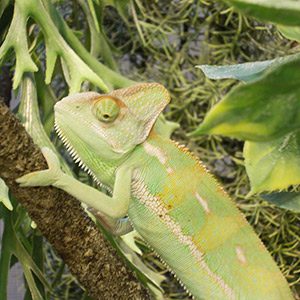 difference in growth between the males and females, with the males generally growing larger. Male Chameleons have been known to grow to 60 cm but typically only grow to about 35-45 cm, including their tail. Females on the other hand only grow up to 30 cm; some have been known to be slightly larger. When planning your care you must know that they usually live for 4-7 years and in the wild they are usually found living in trees. Meaning that when you buy a vivarium, you will need one where there is enough room and decor for your pet to climb around.
difference in growth between the males and females, with the males generally growing larger. Male Chameleons have been known to grow to 60 cm but typically only grow to about 35-45 cm, including their tail. Females on the other hand only grow up to 30 cm; some have been known to be slightly larger. When planning your care you must know that they usually live for 4-7 years and in the wild they are usually found living in trees. Meaning that when you buy a vivarium, you will need one where there is enough room and decor for your pet to climb around.
These Chameleons are quite friendly creatures and do need a lot of attention. You can handle your pet, just try and avoid handling them too regularly at first. This can cause them to feel stressed.
Throughout the day your pet will need a hot basking area at 100 degrees Fahrenheit. You could use a 100 watt bulb placed around about 20 cm above the Chameleons basking branch. If inside the enclosure, use a bulb guard to prevent your pet being injured. Leave these basking bulbs on for at least 10 to 12 hours a day. At night time they do require a drop in temperature. Generally they don’t need any extra heating and are pretty content dropping down to room temperature. Just to be safe you should always monitor the temperature with a thermometer and use a thermostat to maintain the correct temperature for the basking spot.
These chameleons naturally come from hot areas, this means they’re used to getting a lot of UVB from the sun. In order to maintain this you should fit a fluorescent UVB tube inside the vivarium.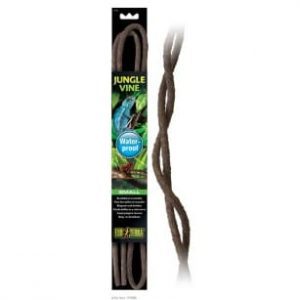
The reason lighting is so important is because the UVB helps the chameleons absorb calcium, which is very important for their bone structure and growth.
The best piece of advice we can give on how to decorate your Vivarium is to make it represent a tree top environment. This way it will seem familiar to your pet and it will have plenty of places to climb and hide. You can use pieces of wood and vines throughout to do this. Consider adding artificial plants too as Yemen Chameleons drink their water from leaves but can be trained to drink from a dripper system.
Your Yemen Chameleon consists of a diet of mainly insects. Brown crickets are more accepted by younger Chameleons, changing to locusts when they reach adulthood. Your pet will still eat insects such as black crickets, cockroaches, wax worms, calciworms or meal worms. Coat these insects in a vitamin D3/calcium supplement. You must be sure to remove any uneaten food on a daily basis to prevent your pet eating any rotten food.
Links to live food that the reptiles eat: Cockroaches, Black Crickets, Brown Crickets, Wax worms, Calciworms, Meal Worms and Locusts.


